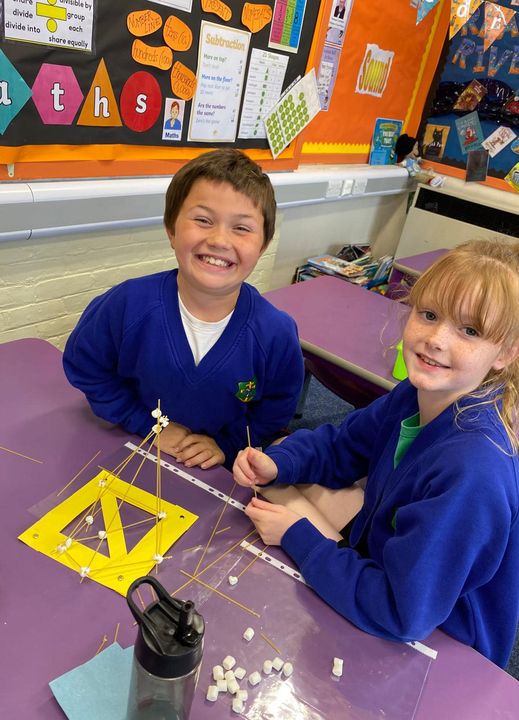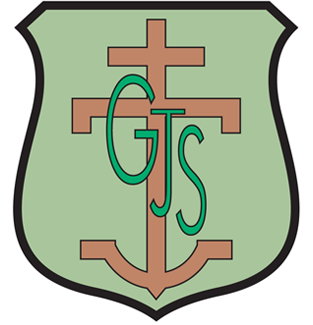D&T Intent
Intent, Implementation and Impact
Intent
At Greengate Junior School, we aim to inspire pupils through a broad, balanced and creative curriculum. Using the Kapow primary scheme, our intent is to equip all children with the practical skills, critical thinking and resilience needed to design, make and evaluate purposeful products. We want pupils to understand the relevance of D&T in everyday life and the wider world, fostering innovation, teamwork and a love of making. Our curriculum ensures children build on prior knowledge, progressively developing technical skills, an understanding of nutrition, and an awareness of real-world designers, engineers and inventors. Living in Barrow-in-Furness, a town with a rich history of engineering and global industry, we seek to raise aspirations by helping children see the link between the skills they develop in school and potential future careers in engineering, design and technology.

Implementation
We follow the Kapow Primary scheme to ensure full coverage of the National Curriculum, sequenced to build knowledge and skills over time. Each unit is taught in blocks, and follows the design, make and evaluate cycle underpinned by technical knowledge. Teachers deliver high-quality lessons supported by clear planning and videos within the Kapow platform. Cross-curricular links are made where appropriate. Our inclusive approach ensures all learners are supported, and resources are adapted where necessary. Children also experience cooking and nutrition in every year group, learning essential life skills and healthy eating principles. Where possible, we make meaningful links to our local context, including engineering and technology in Barrow to inspire and contextualise learning.
Impact
By the end of Key Stage 2, our pupils will have a secure understanding of the deign process, including how to take risks, evaluate and improve their work. They will confidently use a range of tools, materials and techniques, showing creativity and technical competence. Pupil voice, books, photographic evidence and final products showcase progression and pride in learning. Our children leave us equipped with the confidence and curiosity to apply their D&T knowledge in secondary education and beyond. The subject also contributes to their cultural capital, exposing them to careers and contexts where design and technology play a key role, helping them to see the exciting possibilities that exist right on their doorstep and beyond.
